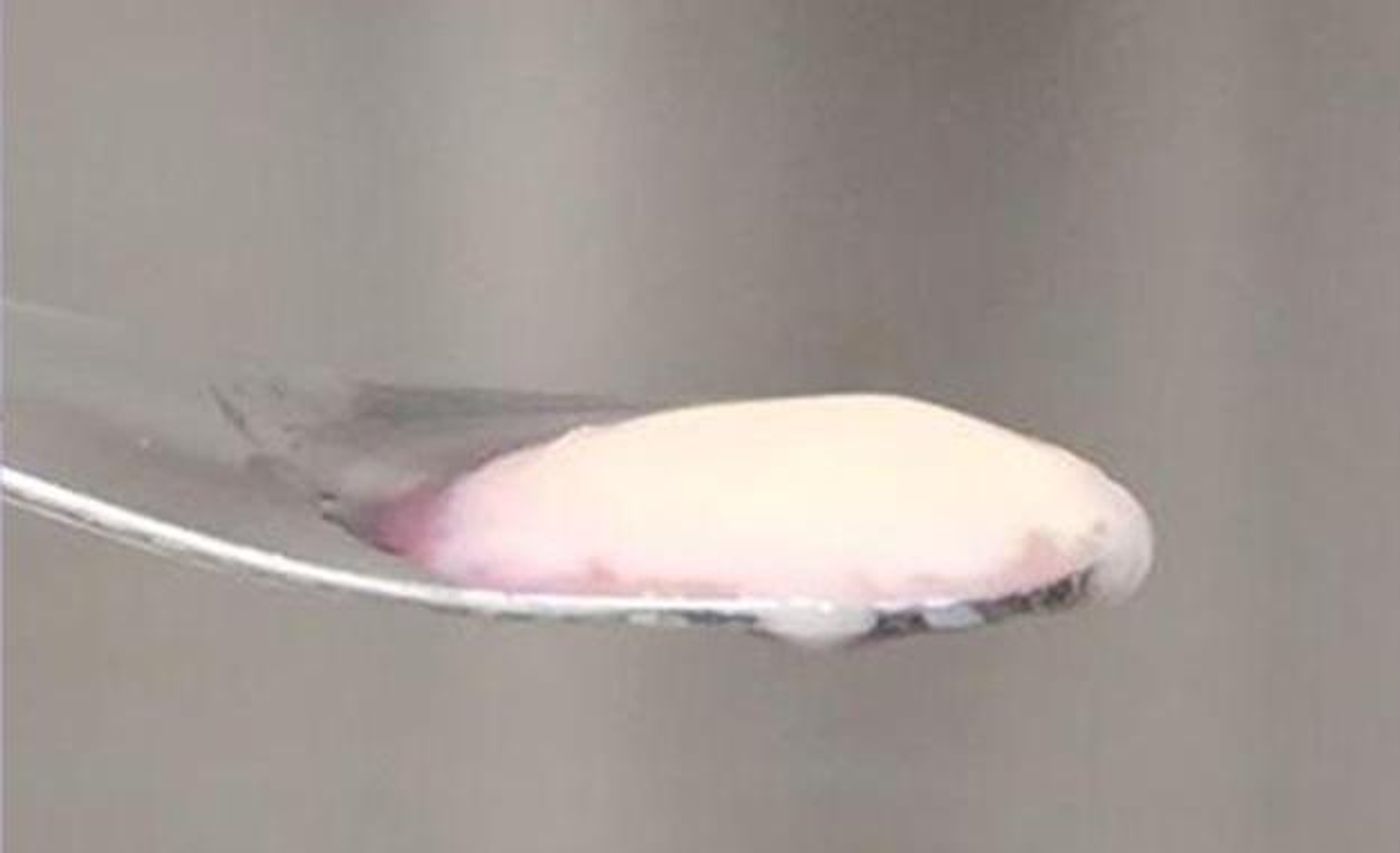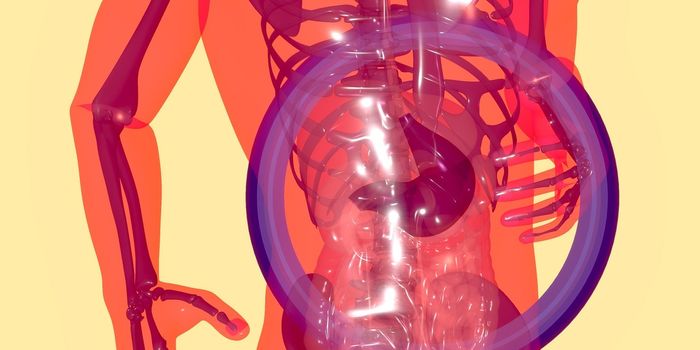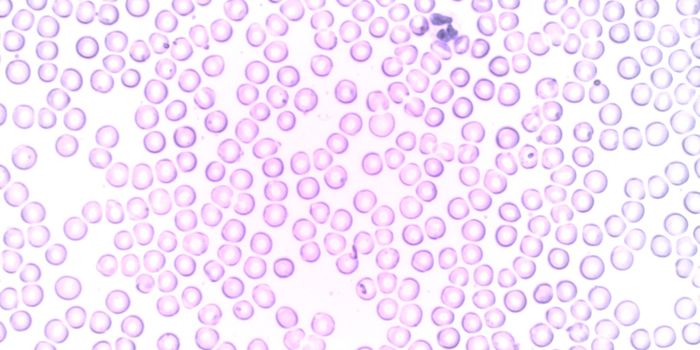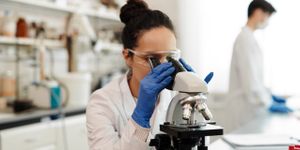A New Form of Lab-Cultivated Meat is Created
Scientists have engineered a meat product that can be cultivated in a lab, and are suggesting that it contains more texture and natural flavors than other lab-grown meats that are currently being produced as an alternative to traditional animal meat. Basically, this new type of synthetic meat is made by growing muscle and fat cells together in thin sheets and then stacking them together. This approach is based on a method that's being used to create tissue for human transplants. The work has been reported in the journal Cell Tissues Organs.
In this new technique, the sheets of muscle and fat cells are grown to be about as thick as a piece of printer paper. The cell sheets are concentrated on plates, then the concentrated cell sheets are peeled off of the plates and either folded or stacked together. The sheets can form natural bonds to one another before the cells die, and they can be stacked into any thickness.
Researcher Ravi Selvaganapathy of McMaster University's School of Biomedical Engineering noted that once a piece of solid synthetic meat is produced, it can be fine-tuned to replicate the marbling and fat content that natural cuts of meat have.
"We are creating slabs of meat," said Selvaganapathy. "Consumers will be able to buy meat with whatever percentage of fat they like - just like they do with milk."
This study was one that proved their concept using mouse cell lines that are easily available. No one actually ate any of the meat that was made during the research. However, after publication, they repeated the method using meat generated from rabbit cells, and they cooked and ate a sample.
"It felt and tasted just like meat," said Selvaganapathy.
Selvaganapathy suggested that this technology could be easily used to create meats that mimic beef, chicken, or pork, and that it can be easily scaled up to produce very large quantities.
As the world's appetite for meat grows, it places more demands on our environment such as an increase in the use of water and land as well as contributing to the rise in greenhouse gases. That served as an inspiration to the researchers.
"Meat production right now is not sustainable," Selvaganapathy noted. "There has to be an alternative way of creating meat."
If we can generate meat for consumption without having to raise animals, it would eliminate tons of waste as well as making industrial agriculture more sanitary and less dangerous.
Though other meat alternatives are now on the market, the researchers suggested that their creation will be more affordable and palatable to consumers.
Selvaganapathy and study co-author Alireza Shahin-Shamsabadi are now working on a start-up company to commercialize their work.
Sources: AAAS/Eurekalert! via McMaster University, Cells Tissues Organs









